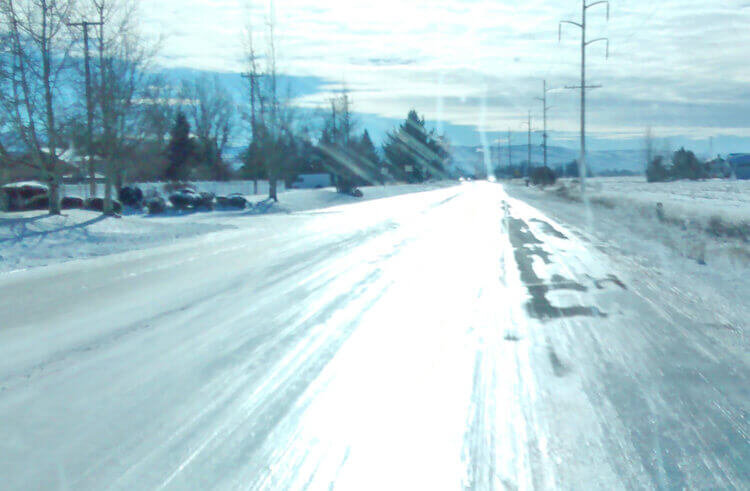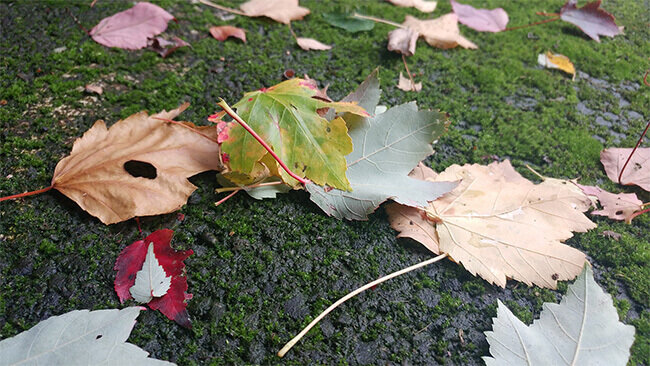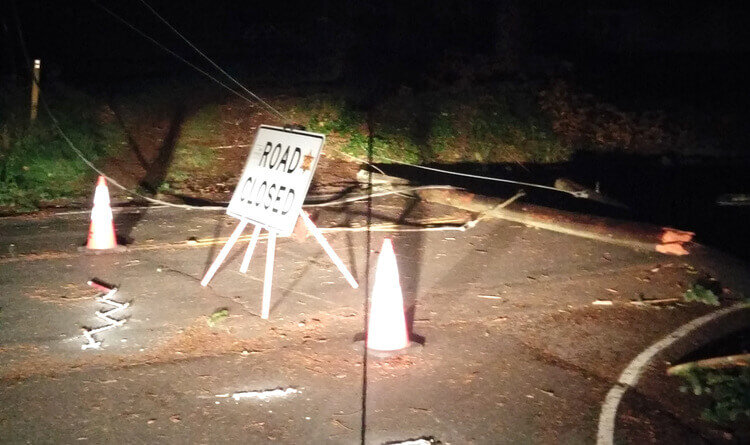Driving In The Everett Snowmageddon

Todays Saga…
Began with a stop at the Co-Op Feed store in Everett. They made quick work of loading about 700 pounds of feed for Rick’s animals.
Stocking up…
Since it is not far from my house I said that I would be happy to pick it up and deliver it for him.
“Turn off the paved road!”
The neighborhood is filled with some intense hills. The truck handled amazing on the way in, however for the final hill I turned on the 4 wheel drive. I heard a pop of sorts as the truck lost its traction and began to slide rapidly back down the hill. I frantically shifted from 1st gear to reverse while trying to steer the slide and with a swish the drivers side went into the ditch.
A Delightful Sight…

The track hoe was huge! Just what my beast of at truck, a 4×4 Crew Cab Dually Diesel, was going to need. He pulled me out of the ditch and anchored me as I backed down to safety. We loaded the feed into the “Wonder Buggy” to make the trip to the barn.

Since I was having a terrible time with traction it was time pull out the chains. The Wonder Buggy returned and after we chained up the front and the outside duals I headed onward and upward.
Slip Sliding Away…
There was several inches of snow over an icy surface from the past storm. As soon as you crush the new snow, the texture acts like water on top of ice. A long straight climb came to a halt for my Jolly Green Giant.
Get a Move On…
It was important to get off the hill, so I backed up to get traction, rolling forward slowly, rocking the rig forward and back to get some momentum, accelerating quickly, trying to steer to the side, different gears, and 4×4 settings. Nope still stuck.
Pretty soon there are trucks trying to come down the hill, and trucks behind me trying to go up, and me a stuck in the muck, in the middle.
The next hour…
Included the neighbors digging into the gravel road and breaking off small branches and spreading sand to provide traction for my tires. Bouncing on the tailgate while driving.
The rescue truck they brought down…got its slide on, so they could not tow me up. In order to gain more traction they let some air out of the tires of that rig. I was not comfortable doing that with my dual wheels, as squishy Duallys that touch each other can cause a blowout.
We discovered that my 4 wheel drive is not working and seemed to contribute to the traction control issues. The truck was in my opinion over reactive, however when we put it back into 2 wheel drive it settled down. The joy and relief that I felt as I followed it up the hill, was huge.
It Takes a Village…
These amazing neighbors treated me like one of their own. The energy that they put in to each idea was astounding. Thank you for getting me and my Jolly Green Giant back on the road and home to my family this evening.
Today We Used…
A tow strap and chain, 2 pairs of tire chains, a bungie cord, 100 pounds of sand, 350 pounds of rocks between the wheel wells, rocks to use as wheel chocks, plywood for a smooth surface, shovel, assorted tools, gloves, and a flashlight hat…lots of ideas!
Traction is a Tricky Thing…
We like to compare the depth of the snow to decide if it is safe to travel. But many times it is the texture of the snow, compact snow and ice, water, slush on each surface that makes or breaks your rigs ability to connect with the road. Ad into that equation the specific hills, and angles of the roadway. Followed by factoring in the shade in a given area and the temperature at the time you are travelling.

Your traction may also be directly affected by the way the snow began. Was the road covered in rain that froze first? Did the snow fall on top of a sheet of ice, or does the snow actually connect to the grooves of the road.
Be Prepared, Be Safe, Stay Warm, and Thank You for the Help!
There are many ways an experienced attorney can help you.
Call us now
To ask additional questions or to hire an experienced attorney who has deep connections with the local legal system.
(425) 259 4972
Click Here to read more of our On The Road series
Want To Hear More From us.
You can connect with us on social media at any of the networks below.
Sign up for the Monthly Newsletter.





